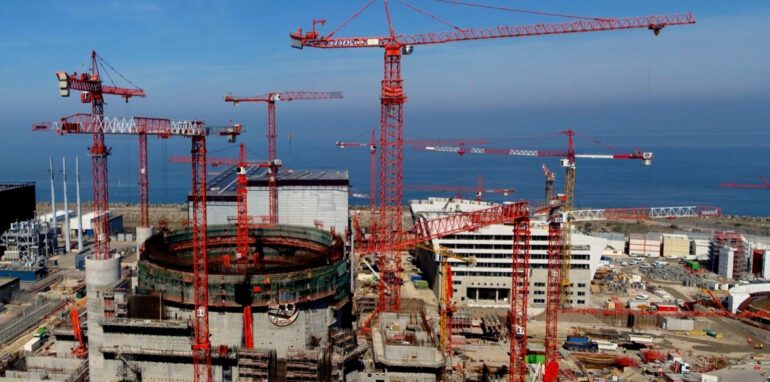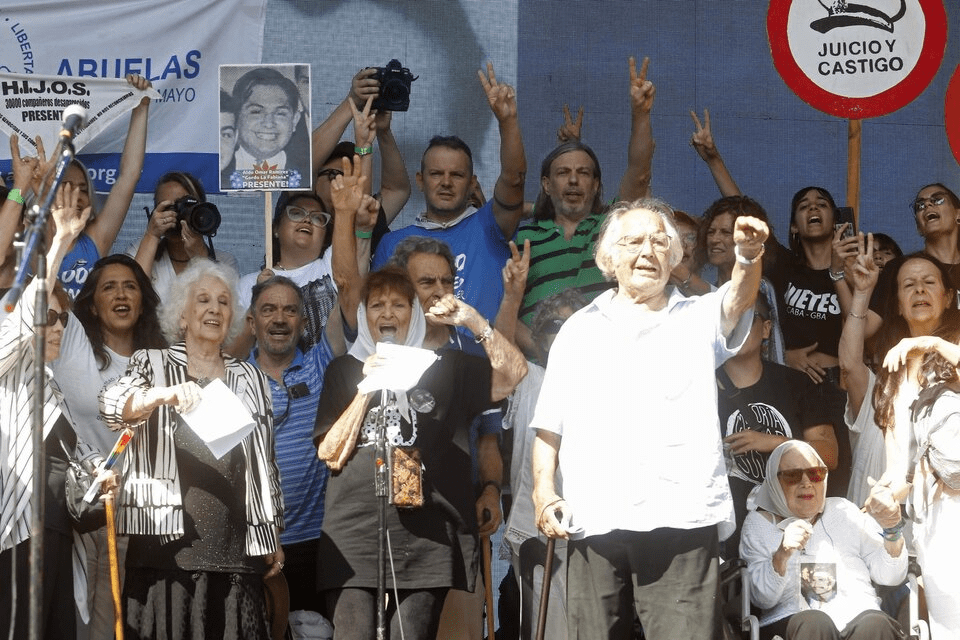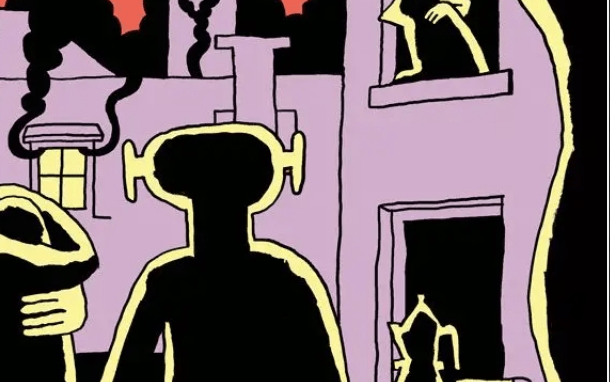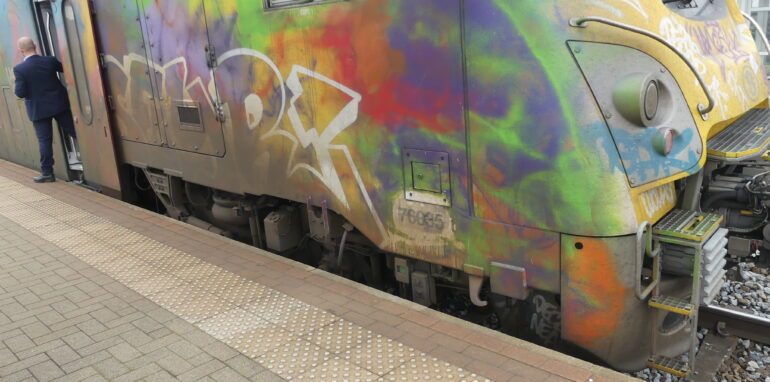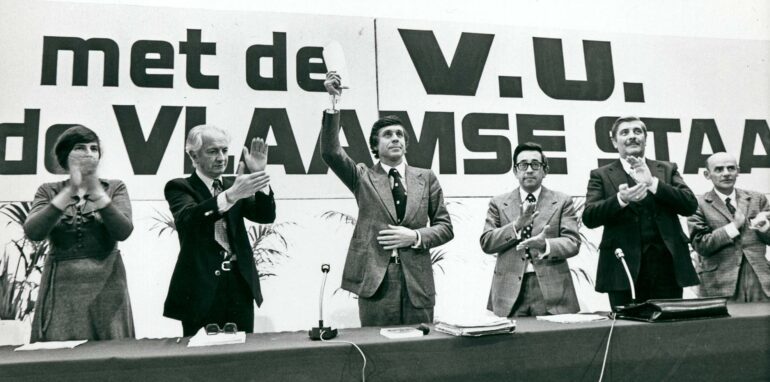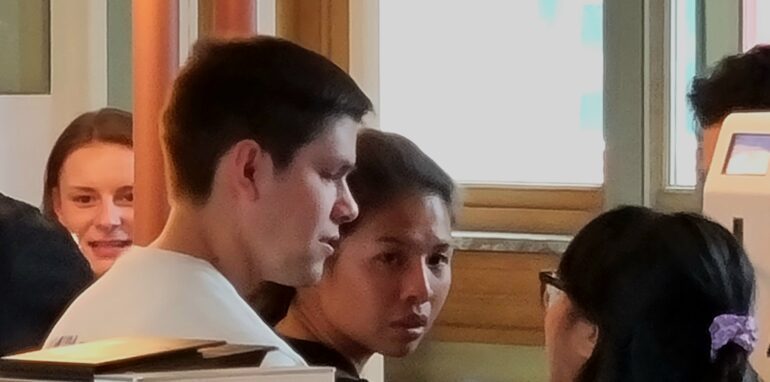Located on the top of Monsanto, a protected forest park in Lisbon, this study case is about Panorâmico de Monsanto, an abandoned modernist building.
This building was saved by “unconscious activism”, unconsciously practiced by hundreds of people with the use of social media, such as Instagram and Facebook mainly.
Panorâmico de Monsanto was a restaurant, built in 1968, drawn by the architect Chaves da Costa.
The building functioned as a restaurant for 30 years. It closed in 2001, reopening as a disco, bingo hall and warehouse before finally being abandoned.
Traversing the building, one encounters remnants and traces from various epochs.
After being abandoned the building started being illegally visited by curious people, mainly because of its amazing location, at a high point in the city, offering a panoramic view of the whole city of Lisbon. But also by the architectonic qualities of this decadent building.
The building got a new identity in the course of decadence.
This temporary occupation in many ways turned the space into the opposite of what it was made for. From a restaurant for the high-class of society to a building abandoned by the city, used as a shelter, made of fragments of subjective experiences and ambulations of casual visitors.
The illegal wanderers start to publish, in social media, their pictures in the building and of the building. It started to let more people become interested about what was happening in the space and about its immense potential as an observatory to contemplate the city. Others were just looking for the thrill of getting into an abandoned and closed building. But all of these people recognized the special features of the building and the place.
It gathered attention from younger generations, individuals that didn’t know the building by its primary functions and just knew the build as it is now, as a ruin.
After that, the appreciation for the place could be seen in every social media. Every day someone was posting a picture of the building and sparking conversation about it.
Unfortunately, even though the number of people visiting the building was rising, it was still illegal to enter the location, and visits to the site were frequently interrupted by the police.
The build is owned by the city hall, and since the closing of the building, they had plans to reopen it with the original intent of being a restaurant. But these plans seemed to never be put into motion.
After the social media movement around the building, in 2017, the city hall finally decided to allow people to visit the location as an observatory of the city. The building needed some modifications for safety reasons, because the structure was in ruins at that point, to be publicly reopened.
After the modifications, the building was opened in September 2017 and it can now be visited by anyone looking to admire the breathtaking view of the city, or just gaze at the space itself. The building has a schedule and it’s surveilled by the police during the opening period of the day.
In conclusion, Panorâmico de Monsanto transitioned from an abandoned ruin with special features to a revived building exploring its potential. The new identity that the building gained after being revived from oblivion captivated people’s attention. People that didn’t recognize themselves as activists, unconsciously defended the building and its potential, by visiting it and publishing about it in social media. And finally the building it’s again alive and accessible to everyone.
Maria Carolina de Sousa Lucas



 “Franse kernenergie? Ongelooflijk dat hun leugencam...
“Franse kernenergie? Ongelooflijk dat hun leugencam... 